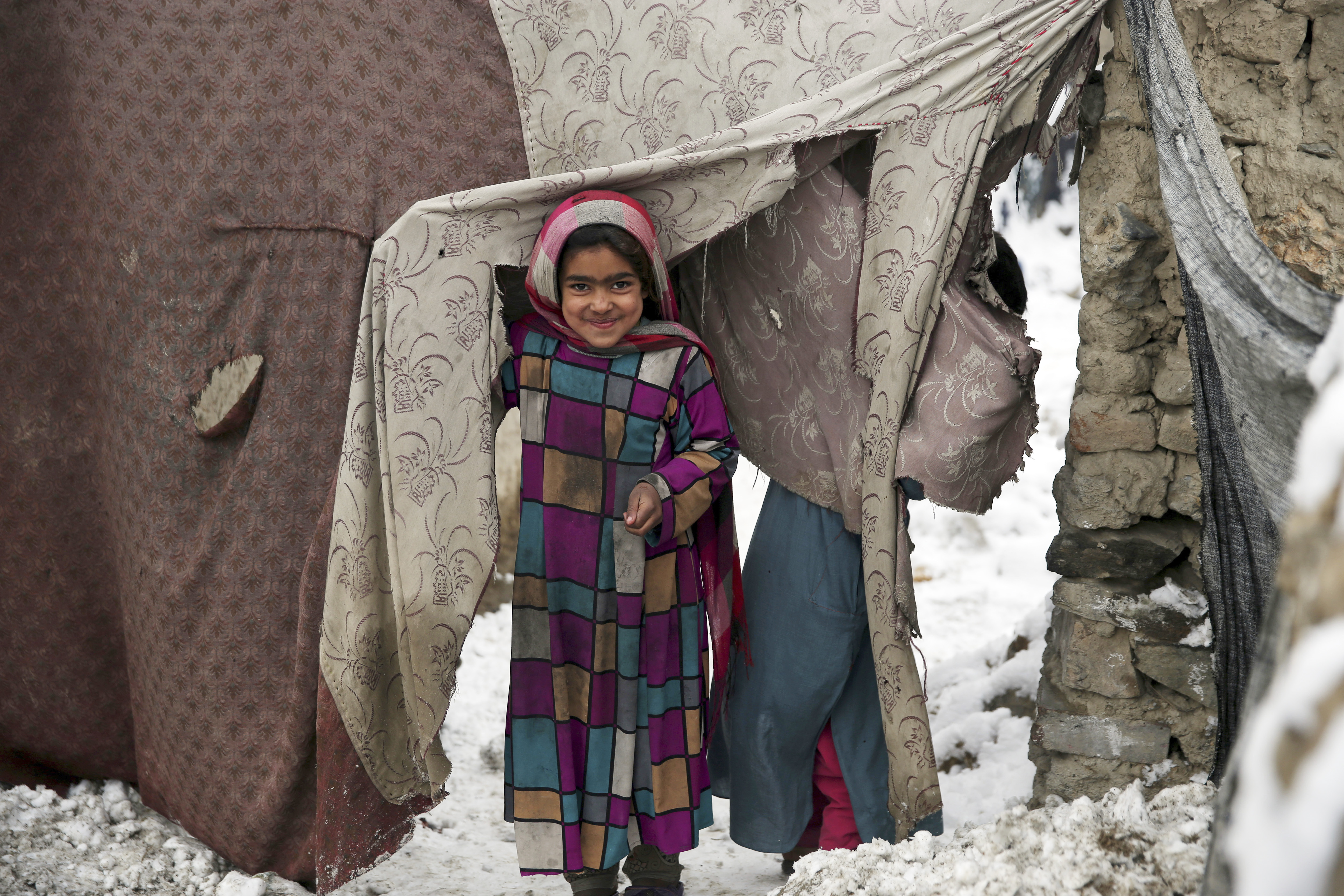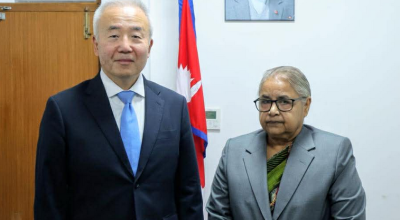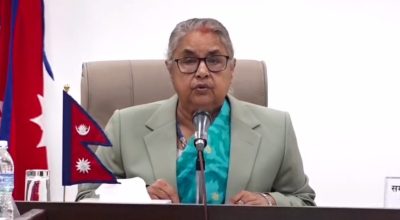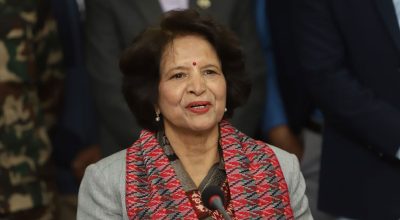
KABUL, Afghanistan (AP) — Afghanistan will need vast amounts of foreign funding to keep its government afloat through 2024, a U.S. agency said Friday, even as foreign donors are increasingly angry over the cost of debilitating corruption and the U.S. seeks a peace deal with Taliban to withdraw its troops from the country.
International money pays for roughly 75% of all of Afghanistan’s costs while government revenue covers barely a quarter of Afghan public expenditures. The Special Inspector General for Afghan Reconstruction, which issues reports quarterly to U.S. Congress, monitors all U.S. spending in the 18-year war in Afghanistan, America’s longest war.
The agency’s latest report was sharply critical of the Afghan government’s efforts to curb corruption, saying it is one of the biggest concerns among frustrated donors.
President Ashraf Ghani’s administration “is more interested in checking off boxes for the international community than in actually uprooting its corruption problem,” the report said, referring to the Afghan government’s failing anti-graft drive.
Ghani’s future is uncertain as final results of last year’s presidential election have yet to be announced, though the preliminary results gave Ghani the win. His main rival, Abdullah Abdullah, who serves as the country’s chief executive in a fragile national unity government with Ghani, has claimed fraud.
Afghanistan ranked last in the Asia-Pacific region for corruption, a global watchdog said earlier in January. According to Transparency International, Afghanistan’s global ranking last year — at 173 of 180 countries it surveyed — was the worst since the group began ranking the country in 2005.
Even as the international community is paying billions of dollars annually, the poverty rate in Afghanistan is climbing. In 2012, 37% of Afghans were listed below the poverty rate, surviving on less than $1 a day. Today that figure has risen to 55% of Afghans.
According to the SIGAR report for the last quarter of 2019, international donors, led by Washington, provide the Afghan government with $8.5 billion annually to cover everything from security to education and health care, as well as economic reconstruction. The United States is paying $4.2 billion yearly just for Afghanistan’s security and defense forces.
SIGAR added that the overall value of opiates available for export in Afghanistan in 2018 — estimated to be between $1.1 billion and $2.1 billion — far outstripped the total value of all the country’s legal exports at $875 million.
The report’s findings come ahead of a U.N.-hosted international donors conference this year that could be critical for Afghanistan’s future. In 2016, world donors meeting in Brussels pledged $15 billion for Afghanistan.
The U.S. agency said the problem of corruption should be the central issue in the 2020 donor conference. It recommended that international donors use its Afghan anti-corruption audits as a guide to directing funding more effectively, as well as monitoring actual results and exerting constructive influence on the Afghan government.
“Working together, the international community and its Afghan partners can stem the rot of corruption in Afghanistan. But it will take a greater commitment than we have seen so far to make transformative change,” the report said.
The U.S. agency’s report also documented an uptick in violence in Afghanistan’s war, as well as a drop in the number of missions completed independently by internationally-funded Afghan forces.
Casualties for Afghan troops increased slightly from May through October 2019, compared to the same period the previous year, it said. There were also more attacks against Afghan security forces by militants than in any other three month period since the agency began keeping statistics in 2010.
The Taliban today control or hold sway over roughly half of Afghanistan, staging near-daily attacks. They usually target Afghan and U.S. forces, as well as government officials and those seen as linked to the government, but scores of civilians die in the crossfire.
The report added that Afghan special forces conducted fewer ground operations than in any other quarter last year. Only 31% of those missions were completed independently, without U.S. or coalition support. Less than half of all Afghan security operations last year were completed independently, compared to 55% in 2018.
The Taliban and the U.S. are currently holding peace talks in the Gulf Arab state of Qatar, where the Taliban maintain a political office. The negotiations have become bogged down over agreeing on how to end or substantially reduce hostilities.
A reduction in violence would allow the U.S. and Taliban to sign a final agreement, which in turn would open the way for America to bring its troops home, and for starting broader Afghan negotiations over the country’s post-war future.
Roughly $132.49 billion has been appropriated for Afghanistan relief and reconstruction since 2002, SIGAR says.













